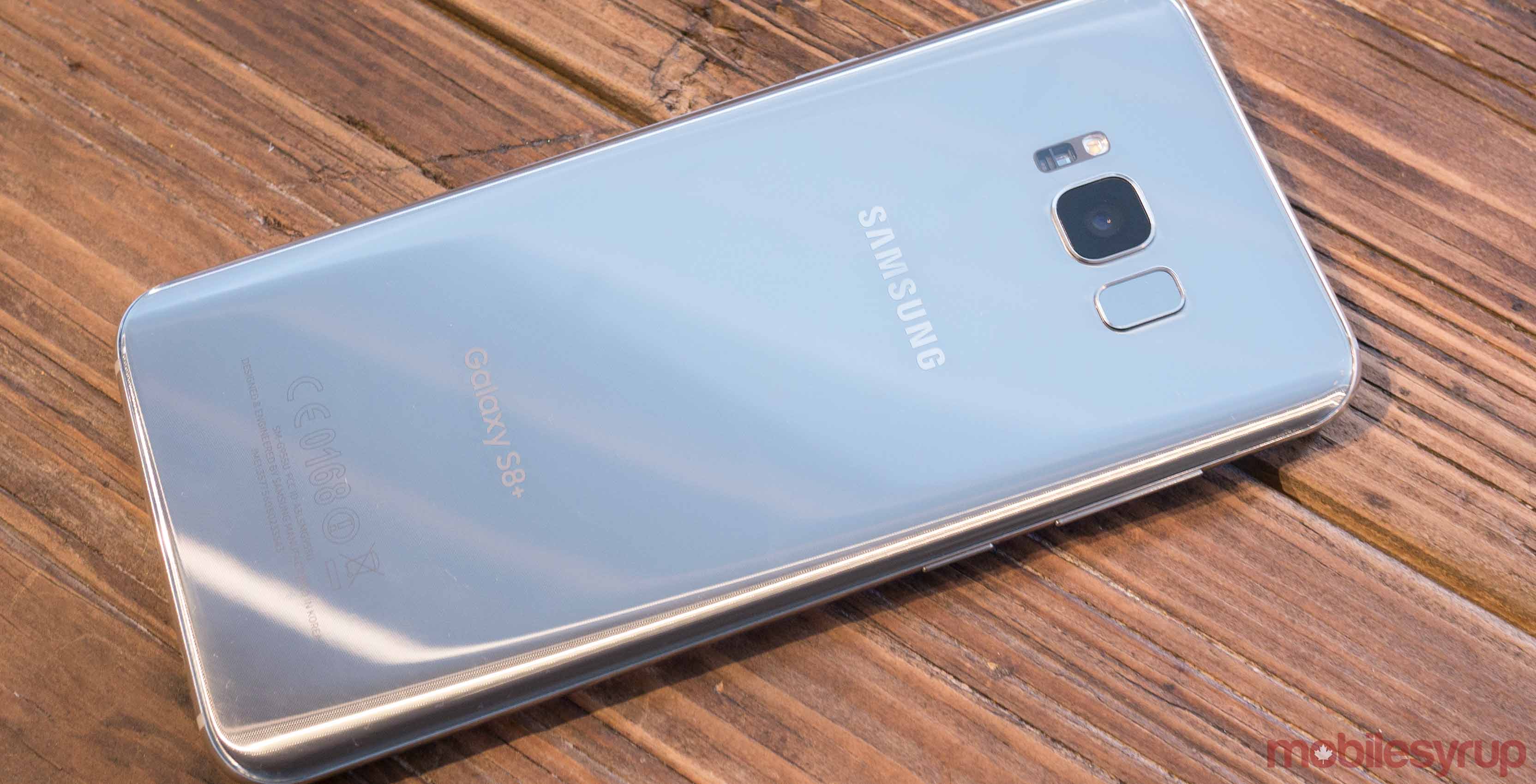
Samsung’s S8 and S8+ have finally been revealed following a deluge of what felt like never-ending leaks from various sources. The phone, as expected, is choked-full of new features, some of them more useful and promising than others, with Samsung making a concerted effort to win back customer confidence following the Note 7 battery overheating disaster.
We’ve gone through the S8 and S8+’s features and compiled a list of the new flagship smartphone’s most interesting and compelling capabilities.
DeX wants to turn your smartphone into a desktop
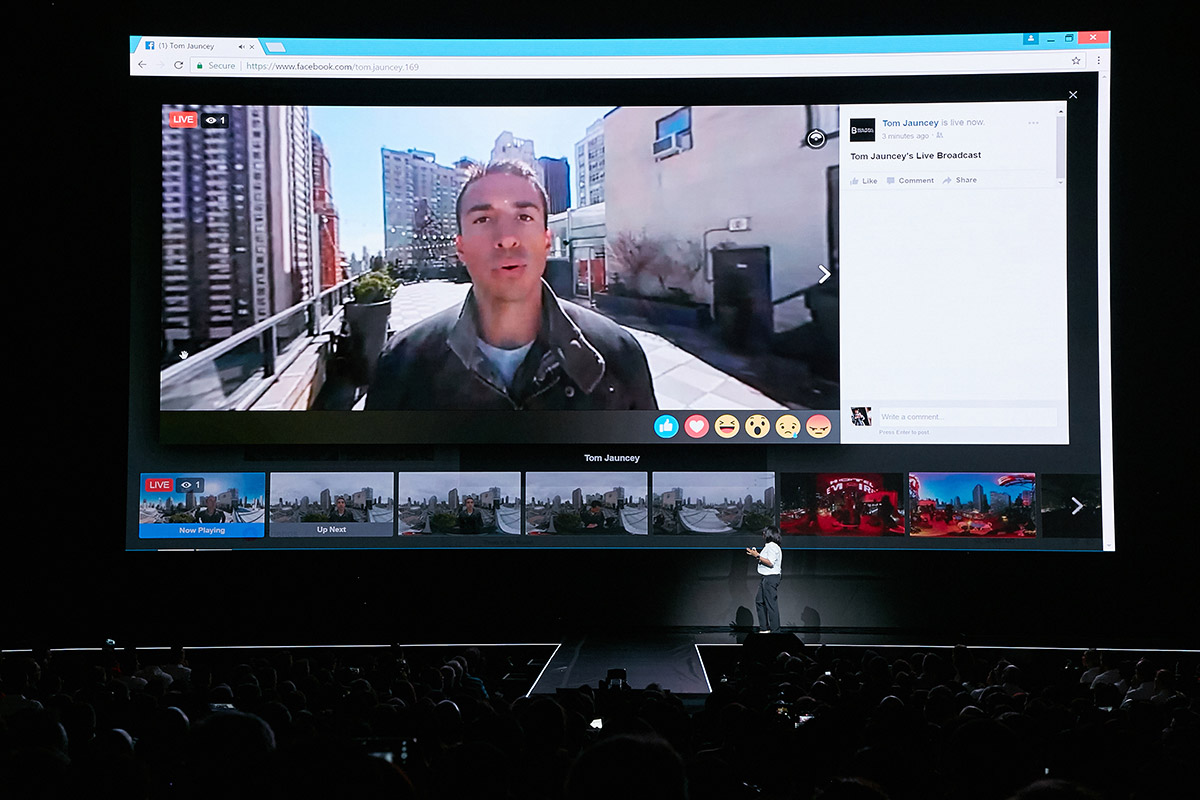
In theory, DeX sounds incredible. Acting like the Nintendo Switch 2-in-1 of the mobile world, Samsung’s new USB-C DeX dock, designed for the S8 and S8+, turns the smartphone into a desktop device.
While the verdict is still out on whether or not DeX will deliver on Samsung’s loft promises, the inherent concept of the technology is compelling. The main issue is that only Samsung’s apps have been optimized for DeX’s full-screen experience, with Microsoft and Adobe pledging to support the platform as well. For DeX to be truly useful, more app developers need to jump on board with the platform.
Facial recognition/iris scanning
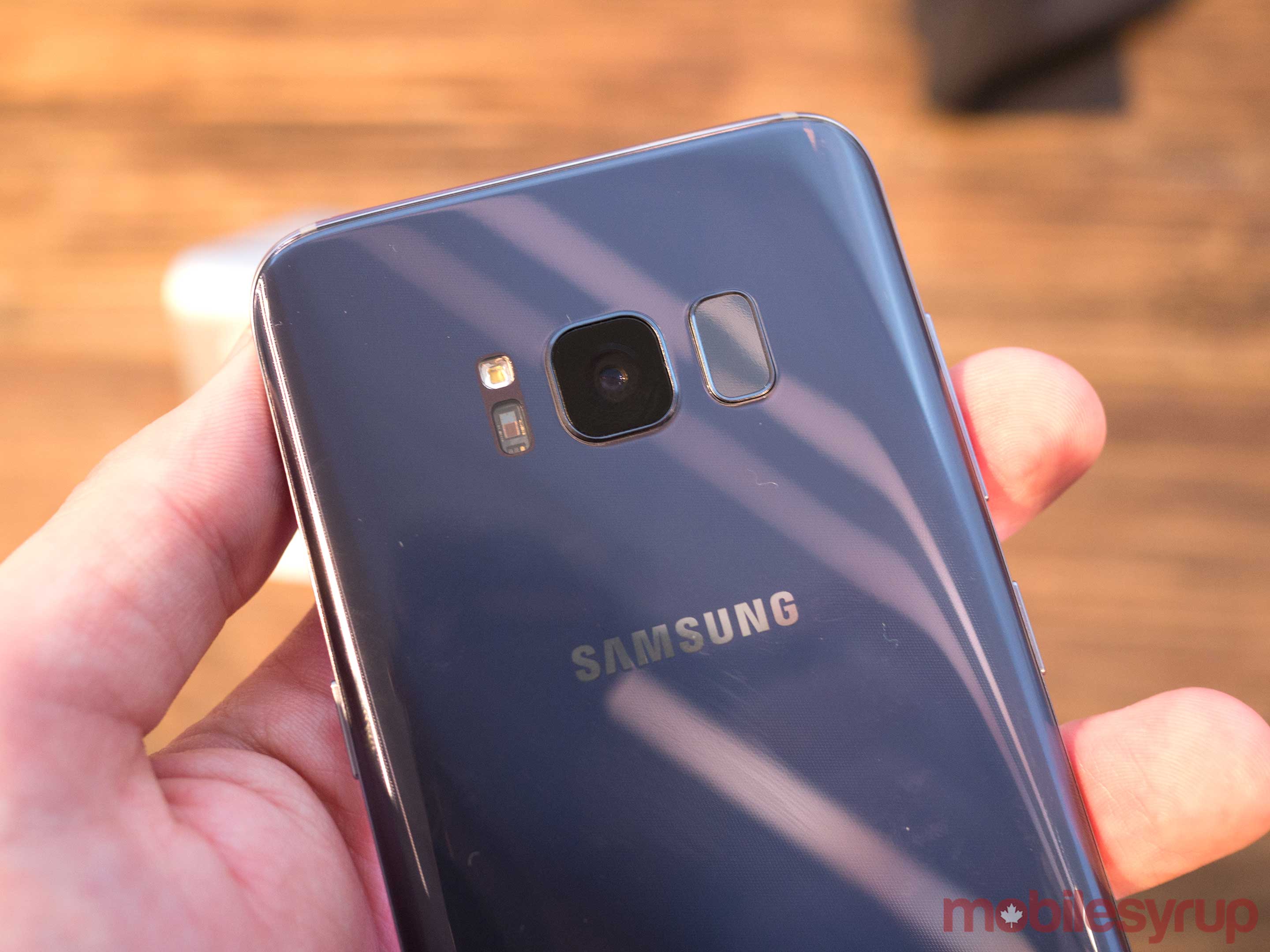
Facial recognition with the S8 has the potentially to be a real game changer in the mobile space, though some have questions how secure the technology will be. While Windows Hello, Microsoft’s Windows 10-based facial recognition platform, started off lacklustre, subsequent updates improved its accuracy and reliability significantly.
Iris scanning from the Note 7 is present in the S8 as well, though if the functionality is similar to what was included in the Note 7, it likely won’t be very useful. The true innovative login potential with the S8 stems from its facial recognition technology, but only if it works as quickly and accurately as Samsung claims.
Infinity Display
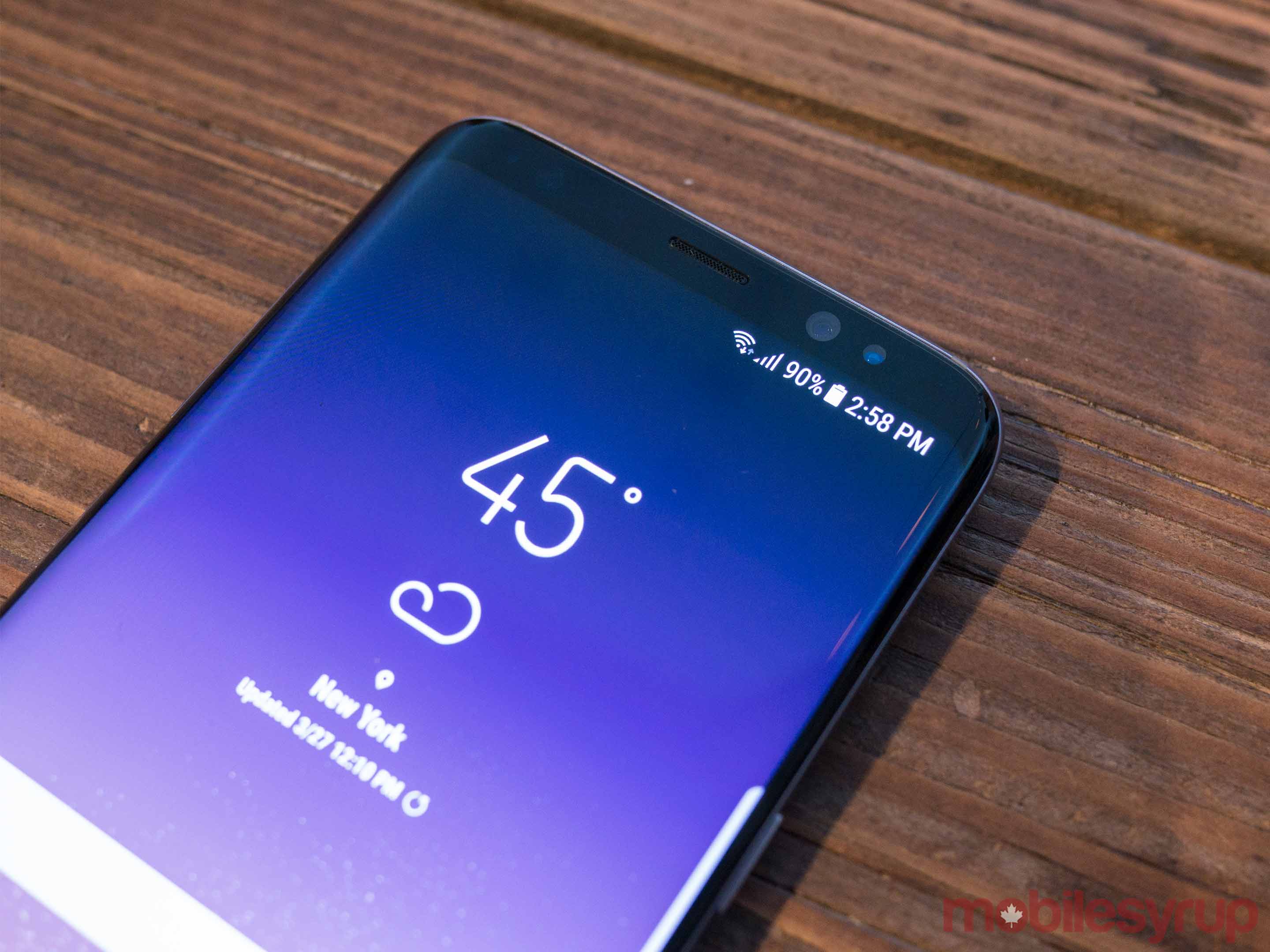
Samsung’s S8 is an undeniably attractive smartphone, featuring a sleek combination of curves from the Note 7 and last year’s S7 Edge, resulting in one of the best looking Android devices ever released.
The true draw, however, is that the Galaxy S8 crams a 5.8-inch display in what feels like a normal-sized phone, thanks to its minimized-bezel. The display is clean, bright and fluid looking as a result of its almost bezel-less design. Apps, however, will need to be optimized for the phone’s new, unique aspect ratio. Even the larger S8+’s 6.2-inch display feels smaller than it actually is.
Believe the hype: “Infinity Display” may be a buzzword, but the S8 and S8+’s screen is still gorgeous.
Force Touch home button
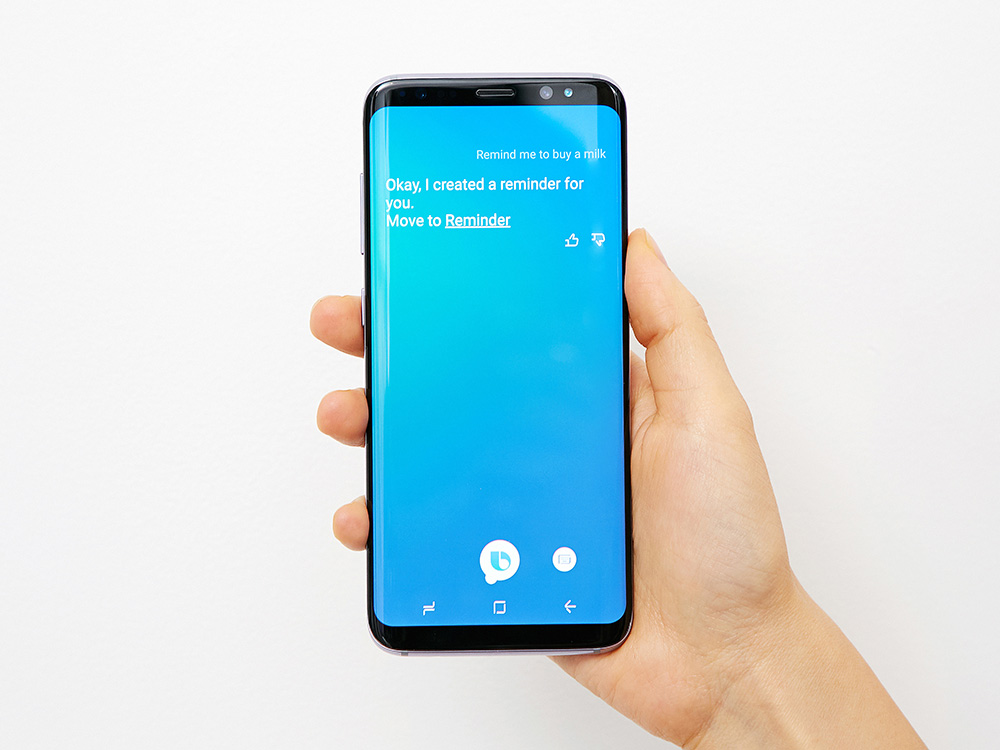
While Samsung isn’t calling its new home button “Force Touch” because that’s Apple’s name for the iPhone 7’s vibrating home button technology, the S8 And S8+ utilizes a similar mechanism.
When you press the new virtual home button, it actually feels like your pressing a physical button thanks to a surprisingly tactile haptic feedback response. While this may take some getting used to for some Android users, after a few presses, it’s difficult to go back to a standard home button.
Band 66 compatible
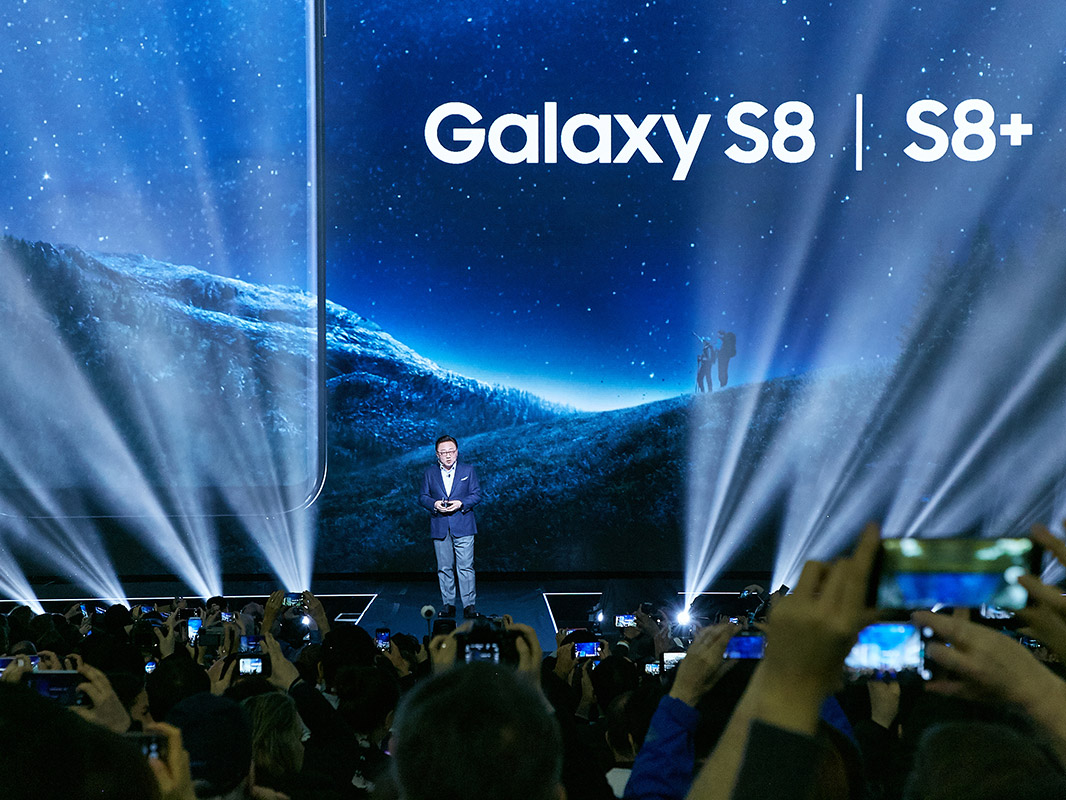
Freedom Mobile users rejoice, the Samsung Galaxy S8 and S8+ work on AWS-3 Band 66. This support is necessary for mobile subscribers taking advantage of Freedom’s low-cost (in comparison to Rogers, Bell and Telus) LTE plans.
Freedom, formerly Wind, doesn’t offer LTE plans on any other bands as it does not have sufficient spectrum. The carrier was able to launch its LTE network only when it purchased the new, somewhat obscure Band 66 spectrum at auction in 2015. In the U.S., T-Mobile owns a large portion of the same band, providing incentive for manufacturers to start building support into most devices.
So far, the only other devices that support Band 66 are the LG V20, LG G6, ZTE Grand X 4 and Samsung Galaxy A5.
Bluetooth 5
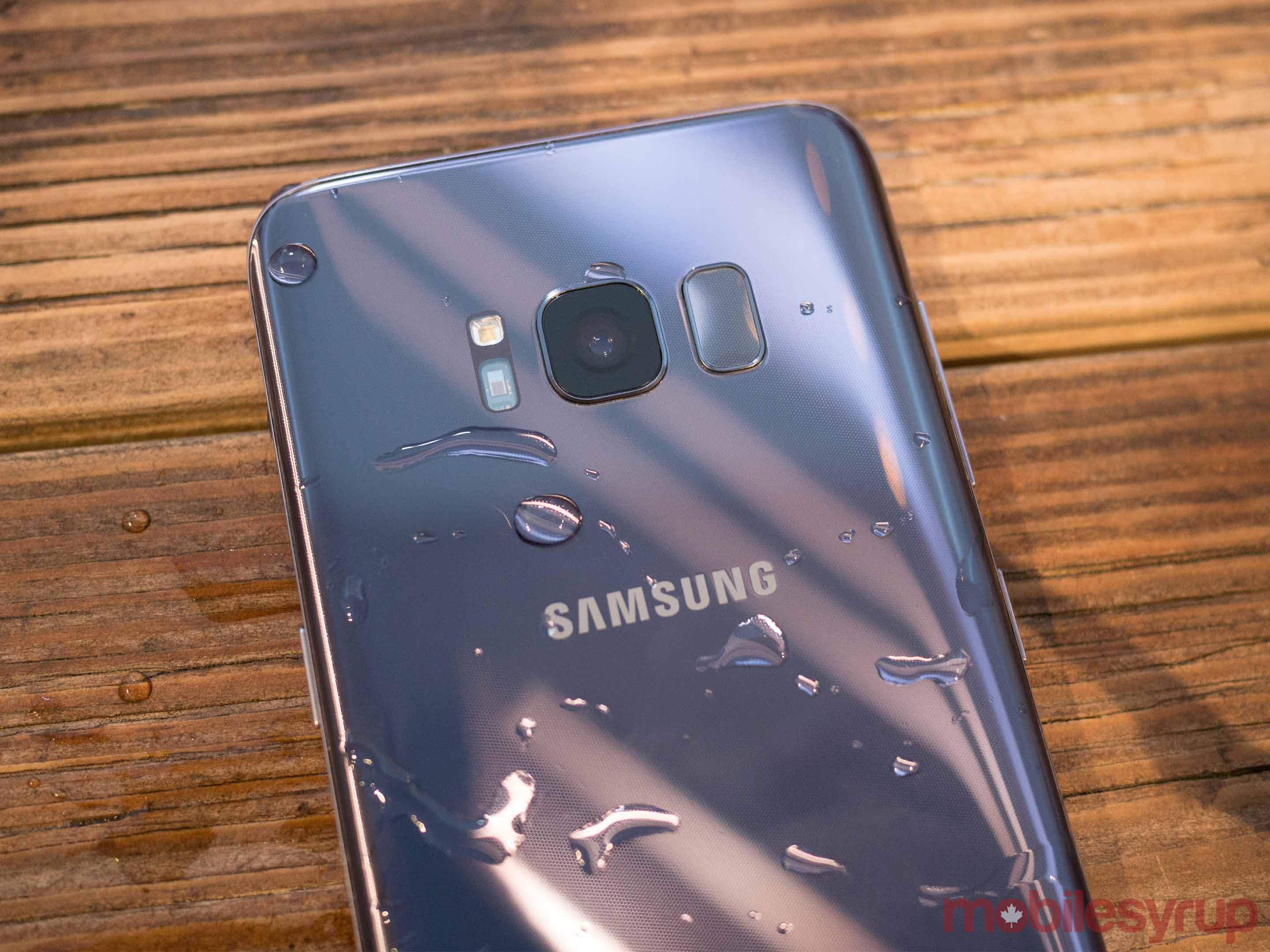
Though the Sony Xperia XZ Premium was the first flagship to announce Bluetooth 5 support, it appears the Samsung S8 and S8+ will beat Sony’s offering to market with the new technology by a significant margin.
Announced in June 2016, the new generation of Bluetooth features twice the speed and four times the range of its predecessors, allowing for a more consistent connection.
Since Bluetooth 5 is more powerful than the previous version, 4.2, it also has the ability to send output to two devices at the same time — meaning you could send the same tunes to two different sets of wireless headphones.
Wireless charging
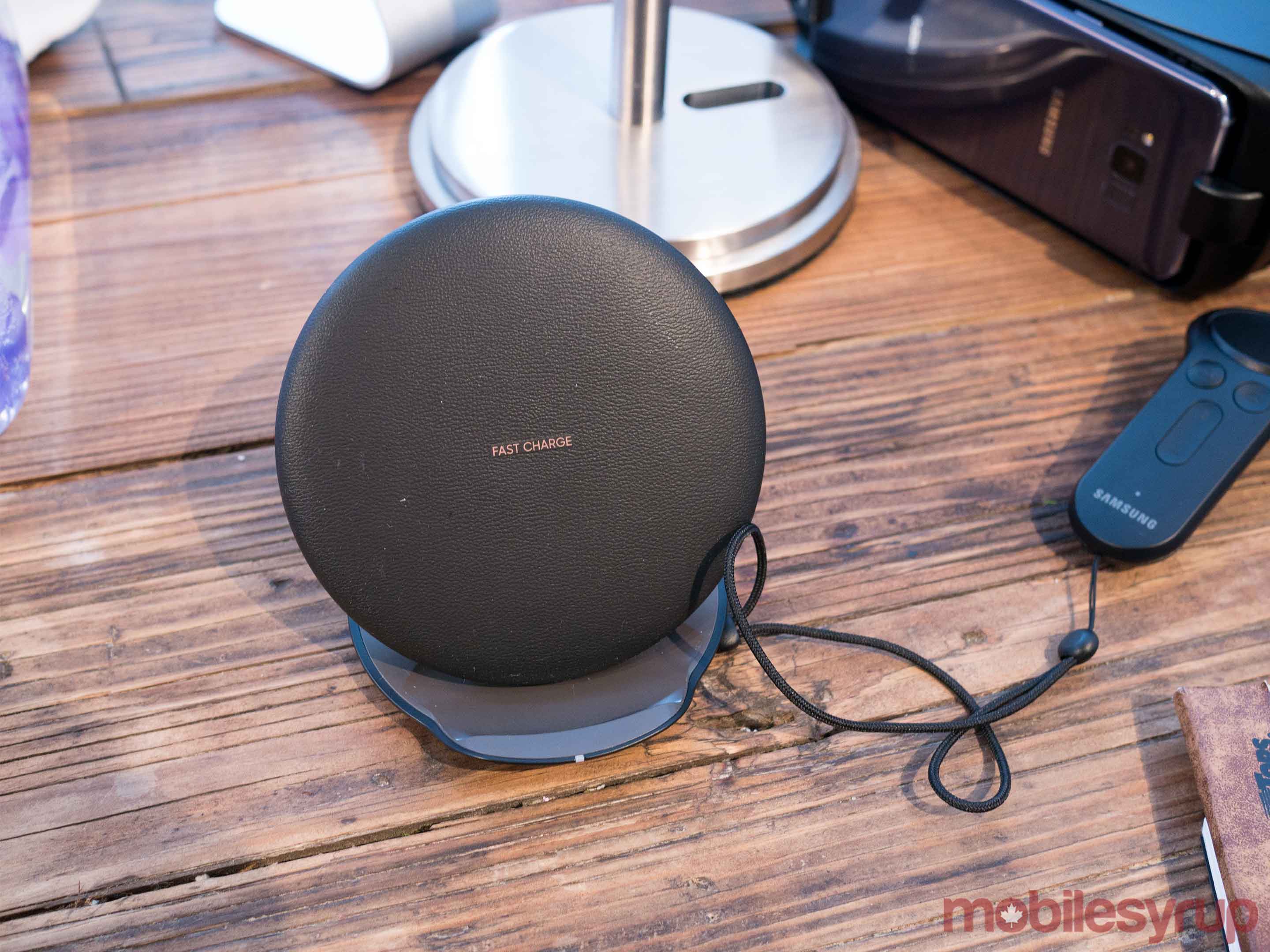
The Samsung Galaxy S8 and S8+ offers wireless compatibility with WPC (Wireless Power Consortium/Qi) and PMA technologies (Power Matters Alliance) — the two most prevalent inductive wireless charging standards, which differ in transmission frequencies and connection protocols used to communicate with devices and control power management.
All that to say: essentially any wireless charger available out there works with this device, making it an attractive option for convenient on-the-go power-ups.
Gigabit-capable
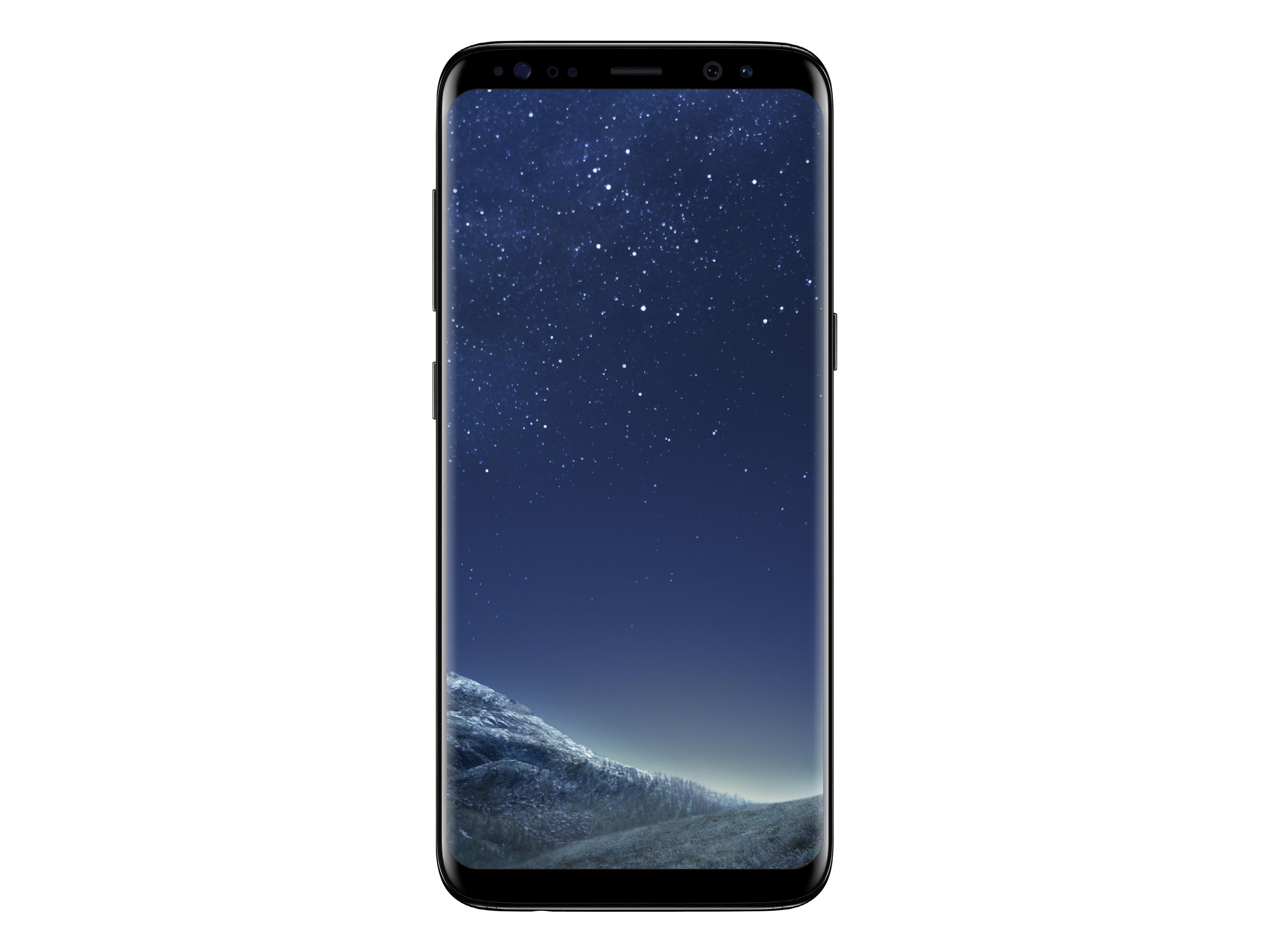
Samsung’s newest flagship is the first on the market that can — in theory — offer Gigabit speeds, due to the X16 LTE modem baked into its Qualcomm Snapdragon 835 chipset (again, it’s being tailed closely on this by Sony’s Xperia XZ Premium). Gigabit speeds are still theoretical because carriers have yet to debut network technology that test that high — in fact, even when they do, real world speeds will lag far behind.
There is movement on the carrier side, however. Bell told MobileSyrup that it’s planning to launch 4 carrier aggregation within the year, which would provide theoretical speeds of around 560Mbps and real world speeds of about 41Mbps to 166Mbps. Telus told MobileSyrup its “in the development stage of technologies such as five carrier aggregation.”
One thing is for certain, though, with the 835 and its X16 LTE modem, the S8 and S8+ are effectively future-proofed.
What do you love about the Samsung Galaxy S8? Let us know in the comments.
MobileSyrup may earn a commission from purchases made via our links, which helps fund the journalism we provide free on our website. These links do not influence our editorial content. Support us here.


